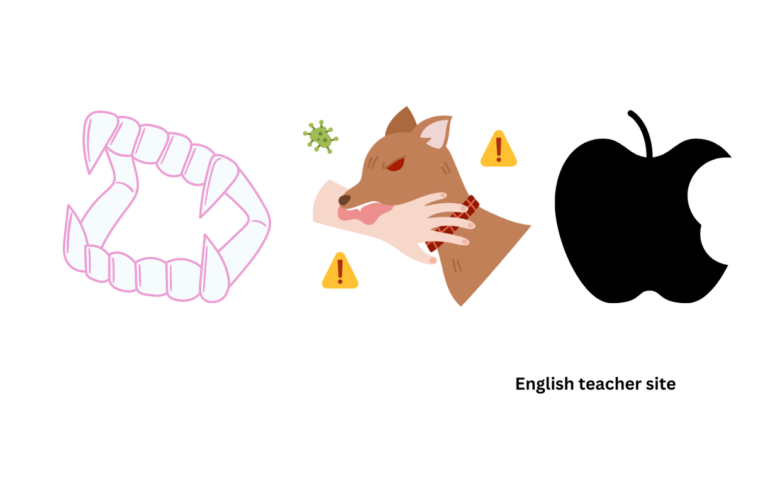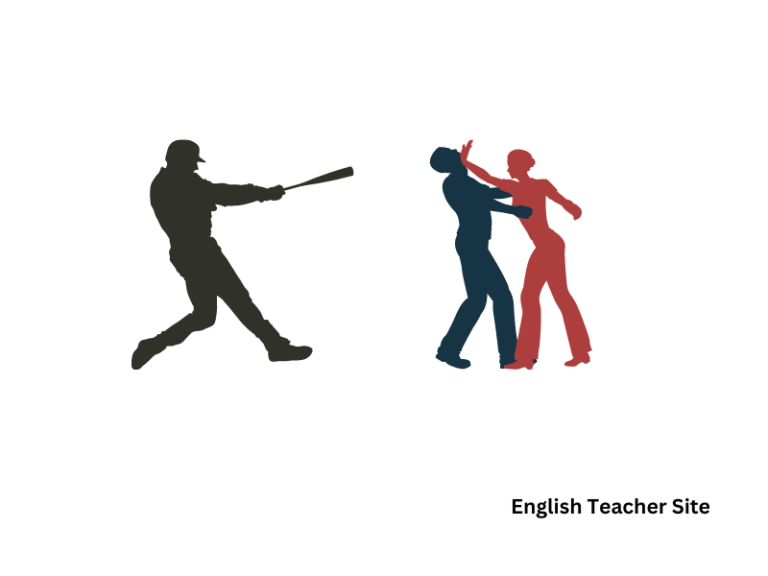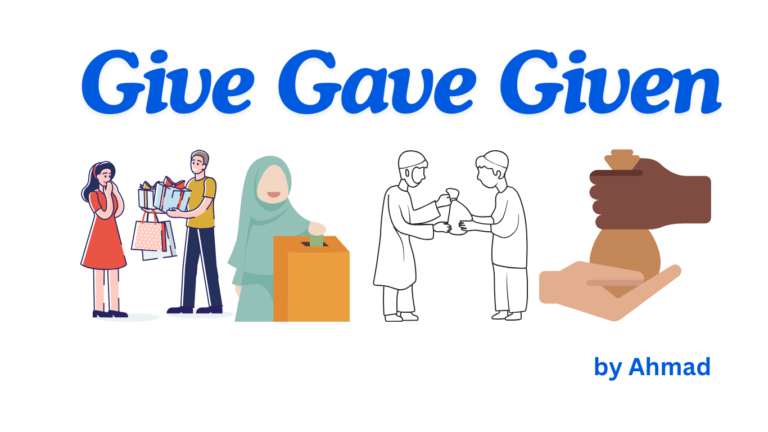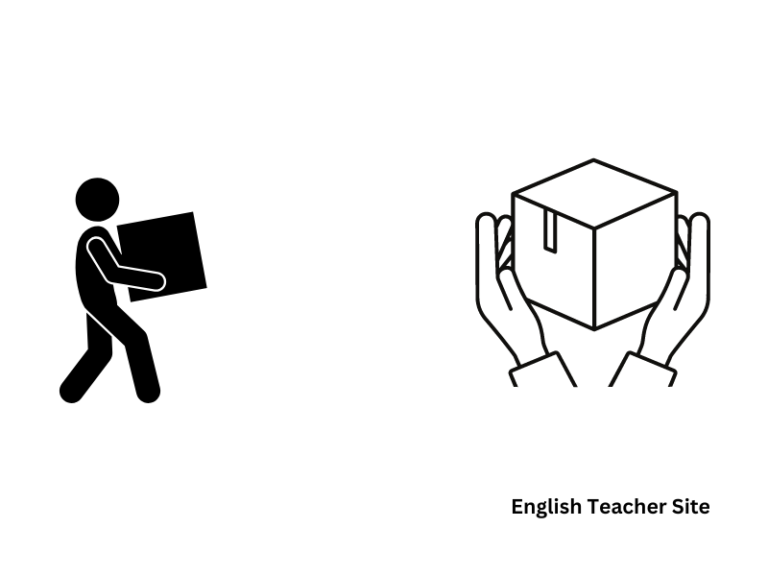Aid vs Aide: Understanding the Correct Usage

The words “aid” and “aide” are an example of commonly confused terms that sound identical but have distinct meanings and functions. While “aid” can function as both a noun and a verb, denoting assistance or the act of helping, “aide” is always a noun that refers specifically to a person who assists.
Understanding the distinction between “aid” and “aide” is crucial for clear communication.
| Aid (n., v.) | Aide (n.) |
|---|---|
| Assistance, help | An assistant, helper |
| To provide support | A person who aids someone |
| Monetary or physical aid | Often an official position |
In the context of usage:
- To offer aid in a crisis is to provide support.
- An aide in a political office is an individual who assists a figure of authority.
Understanding Aid and Aide
Aid can function as both a verb and a noun. As a verb, its use is straightforward: it means “to assist” or “to provide support.” For example, in the sentence, “Doctors aid patients daily,” aid describes the action taken by the doctors.
Aide, in contrast, is strictly utilized as a noun. It denotes an individual whose job is to assist another person, typically in a professional or official capacity. “The senator’s aide handled the inquiries,” illustrates it as the job title of someone offering support.
The synonyms for each word help clarify their application:
| Aid (verb/noun) | Aide (noun) |
|---|---|
| Help | Assistant |
| Assist | Adviser |
| Support | Deputy |
| Abet | Attendant |
| Sustain | Secretary |
When choosing between aid and aide, remember that “aide” always refers to a person. Below are some examples in bullet points:
- The charity aimed to aid victims of the natural disaster.
- After his surgery, he had an aide to help with daily activities.
- Financial aid is available for qualified students.
- The general was accompanied by his military aide.
Familiarity with the context in which these words are used is essential to avoid errors in their application.
Grammatical Roles and Usage
In the English language, the distinction between “aid” and “aide” is significant. Both words have their own grammatical roles and specific contexts where they are appropriately used.
Aid in Sentences
Aid as a verb and noun plays an integral part in English grammar:
As a verb: “to aid” means to assist or provide help.
- Present tense: “They aid the community with voluntary work.”
- Past tense: “She aided in the research project.”
As a noun: “aid” denotes assistance or a means to assist.
- Example: “The first aid kit contains medical supplies.”
Usage in writing:
| Grammar | Usage | Example |
|---|---|---|
| Verb | To offer assistance | They aid those in need. |
| Noun | The act of helping or the help provided | They provided aid after the disaster. |
Punctuation and context are crucial when using “aid” in sentences to ensure clarity and correct meaning.
Aide in Context
The word aide is strictly a noun and refers to a person who assists another, particularly in a professional or formal capacity.
- Example: “The senator’s aide scheduled the meeting.”
Usage in writing:
| Grammar | Usage | Example |
|---|---|---|
| Noun | A person who provides assistance | Her aide helps with daily tasks. |
One should remember that an aide is always associated with an entity that is being assisted. The job title or role of an “aide” often follows its associate, such as “teacher’s aide” or “nurse’s aide”.
English grammar calls for precision and awareness of such distinctions to effectively communicate the intended message in both verbal and written forms.
Professional and Everyday Applications
In distinguishing aid from aide, it’s crucial to understand their applications in both professional and everyday contexts. Aid often refers to a form of assistance or support, while aide typically denotes a person serving as an assistant.
Aide in Professional Settings
Professionally, an aide can denote various roles:
| Role | Function |
|---|---|
| Nurse’s Aide | Provides basic care in healthcare settings. |
| Legal Aide | Assists lawyers by researching and preparing cases. |
| Political Aide | Supports politicians with tasks ranging from research to public relations. |
| Aide-de-Camp | Serves as a confidential assistant to a senior military officer. |
An aide in these settings is crucial as they perform tasks essential to the operation of the principal person or system they are assisting.
Aid in Various Contexts
Aid, unlike aide, can apply to both people and things that provide assistance. Examples of aid include:
- Financial Aid: Monetary support provided to individuals, typically for education.
- Mobility Aid: Devices like wheelchairs and walkers that assist individuals with movement.
- Visual Aid: Tools like charts and videos that enhance the understanding of information.
- Job Aid: Instructional tools that guide individuals through work processes.
Below are two primary contexts where aid is applied:
| Context | Description |
|---|---|
| Medical Relief | Refers to assistance provided in response to a health crisis. |
| Instructional Support | Includes materials and tools designed to facilitate learning. |
In these contexts, aid is about offering support or relief to ease a process or improve a situation. Whether it’s a thing providing support or a program offering financial aid, the goal is to assist and enhance efficiency or well-being.
Associated Expressions and Legal Implications
The distinction between “aid” and “aide” extends beyond pronunciation and spelling—it dramatically changes legal meaning, particularly in contexts where accountability and unlawful activity actions are concerned.
Legal Use of Aide
In contrast, an aide typically refers to a person who serves as an assistant or helper. In legal terms, an aide’s involvement will not entail the same unlawful activity implications as aiding and abetting unless they cross the line into legal liability conduct. In legal documents and settings, the use of “aide” is more benign and aligned with support roles.
Here are the key distinctions for legal use of aide:
| Role | Description |
|---|---|
| Legal Assistant or Aide | An individual employed to assist, usually in an administrative or clerical capacity. |
| Legal context | Is not intrinsically linked with legal liability activities unless the assistant partakes in such. |
Social and Financial Ramifications
The choice between “aid” and “aide” is not trivial, as one denotes financial and other assistance programs, while the other refers to a person providing support.
Financial Assistance Programs
Government entities often provide financial aid to those in economic need. This aid comes in various forms, from tax incentives to direct monetary assistance. Here are the main types:
| Type of Financial Aid | Description |
|---|---|
| Grants | Free funding, often based on economic status |
| Loans | Borrowed money, to be paid back with interest |
| Subsidies | Financial support to reduce the cost of services |
Charities, like the Red Cross, also play a crucial role by offering emergency funds and resources to individuals and communities. These organizations rely on money from donations and the assistance of volunteers to provide services.
Aid in Times of Crisis
In the aftermath of events such as an earthquake or other emergency aid situations, the rapid mobilization of resources is critical. First aid, delivered by trained volunteers, can be the difference between life and death. Financial support is equally vital for long-term recovery.
Service organizations often step in to offer the following:
- Immediate relief: Shelter, food, medical aid
- Long-term support: Reconstruction funds, counseling
Financial aid is not just monetary; it’s a service mechanism to enable the afflicted to rebuild their lives. It is instrumental in restoring normalcy and providing the backbone for economic recovery.
Misconceptions and Clarity in Communication
Aid is both a verb meaning to assist, and a noun representing assistance itself. On the other hand, aide, always a noun, refers to a person who assists—more specifically, an attributive noun, serving as an adjective describing the type of assistance given. For instance, a nurse’s aide.
Clarity in communication is paramount, and understanding the subtle differences between these homophones can aid in conveying precise meaning. Here are two tables illustrating their correct usage:
| Correct Use of “Aid” (Verb/Noun) | Example Sentence |
|---|---|
| Verb | “Volunteers aim to aid those affected by floods.” |
| Noun | “Financial aid can help students pay for college.” |
| Correct Use of “Aide” (Noun) | Example Sentence |
|---|---|
| Person who assists | “The senator’s aide scheduled the meeting.” |
In writing and speech, utilizing such words accurately ensures the speaker’s or writer’s intent is understood. Here are some tips that might assist with correct usage:
- Think assistant when you see aide; it always refers to a person.
- Remember, aid can be an abstract concept (noun) or an action (verb).
Whether drafting a document or engaging in a conversation, choosing the right word strengthens communication and helps avoid ambiguity.
Medical and Mobility Aids
Medical and mobility aids range from sophisticated equipment to simple devices, all designed to support patient care and enhance the quality of life for the elderly or injured individuals.
- Hearing aids: These devices are crucial for people experiencing hearing loss, helping to amplify sound.
- Mobility aids: Include various items from canes to wheelchairs, used to assist those with walking difficulties.
| Medical Aid | Function |
|---|---|
| Hearing aid | Amplifies sound for the hearing-impaired |
| Glasses | Corrects vision impairments |
Instructional Aids in Education
Instructional aids in education serve to facilitate learning and assist both students and educators. A qualified teacher might use various tools to enhance understanding and retention of information.
- Checklists and instructional devices offer structured guidance during lessons.
- Visual aids, such as projectors and interactive whiteboards, can help convey complex information.
| Instructional Device | Benefit |
|---|---|
| Checklist | Ensures all key points are covered during a meeting or lesson |
| Projector | Displays images and videos to accompany teaching materials |
Assistive Devices for Activities
Assistive devices are tailored tools or systems that aid individuals in performing daily activities, thereby fostering independence and ensuring safety.
- For someone with mobility issues, a bed cane acts as a support device to aid in transferring from bed to wheelchair.
- Advanced devices might include electronic systems that assist with care routines or activities of daily living.
Bulleted lists of assistive devices might consist of:
- Canes
- Bed rails
- Grab bars
- Electronic medication reminders
My name is Khamis Maiouf. I am the creator of the English Teacher Site, dedicated to providing valuable resources and insights for students around the world. With a passion for education and a commitment to helping students enhance their skills, I aim to make English teaching more effective and enjoyable for both educators and students.






